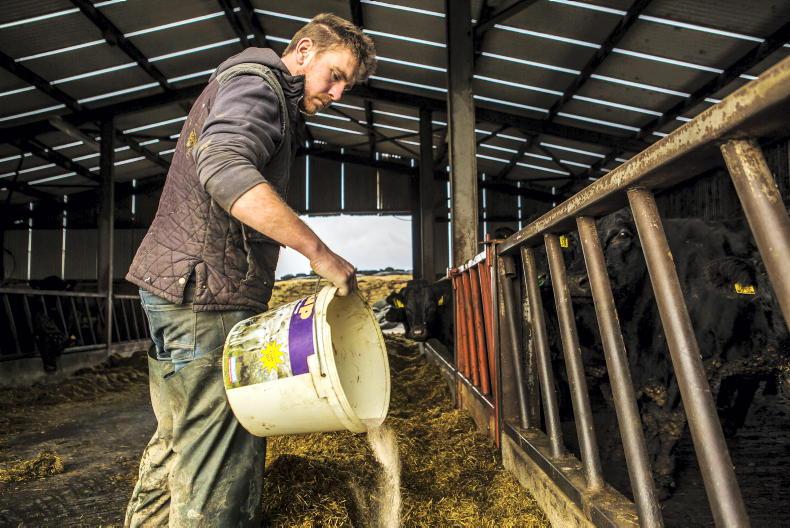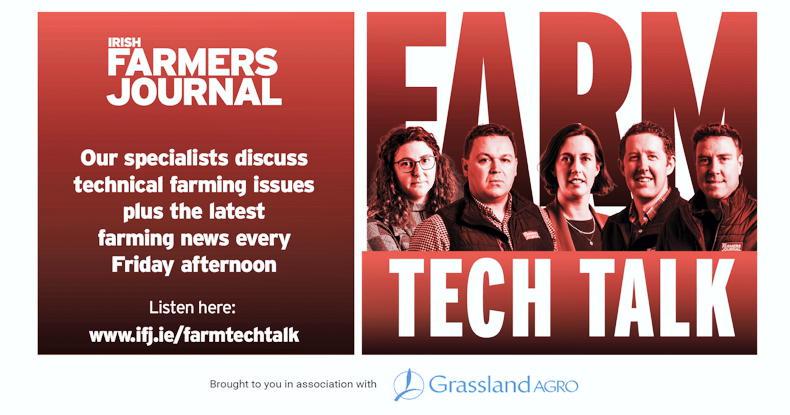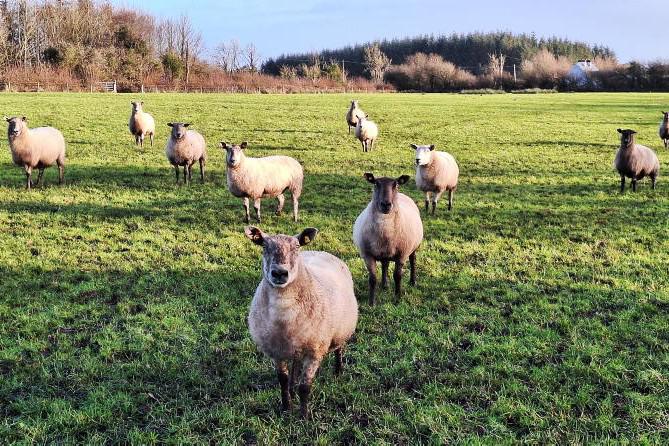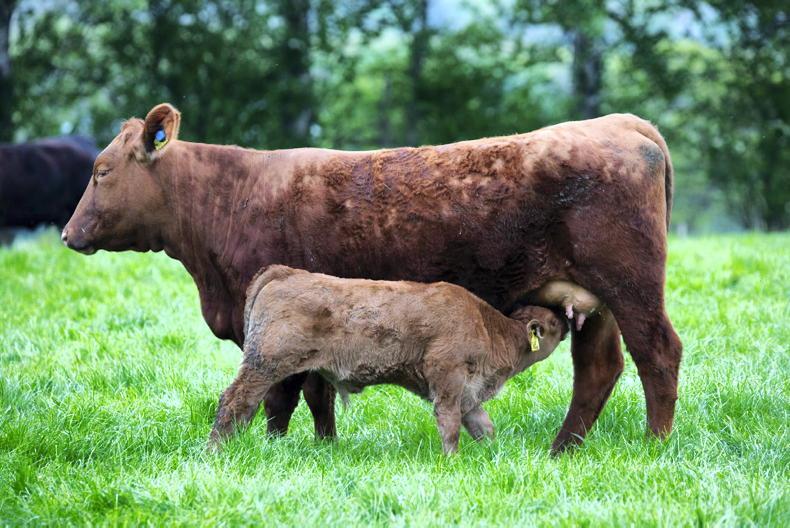Liver fluke: The threat of liver fluke is likely to be hugely variable between regions. The drought-like conditions in parts of the midlands and east during the summer months is likely to lower the risk of liver fluke in these regions in the coming months but care should still be taken not to get complacent and underestimate the threat posed.
In contrast, farms in the west and northern half of the country that have traditionally experienced significant fluke issues are likely to face the normal risks over the coming months. Many of these farms will be planning to administer a fluke treatment in the coming weeks before breeding starts.
It is important to select a product that treats at least immature and mature liver fluke parasites as the greatest risk from September through to December stems from early immature and immature fluke. Products that treat only mature liver fluke should be avoided as these will leave sheep vulnerable to a high liver fluke burden. Combination fluke and worm products should also be avoided as there is typically no need to treat healthy mature ewes for worms.
Optimum use should also be made of ewes and lambs being slaughtered to investigate the health status of livers. Faecal egg counts are not a reliable method of picking up the presence of early and immature liver fluke parasites but they can be strategically used at different times to identify the presence of fluke including to determine if treatment has been successful.
Temporary grazing agreements: The level of discussions following last week’s mention of temporary grazing agreements confirms deals are taking place at an earlier stage this year. Page 35 carries more information on the topic and addresses some farmer queries. There have also been queries surrounding payment rates. Reports of deals completed are slow to surface and those that have are variable.
There have been a few reports of farmers being offered short-term grazing of reseeds or aftergrass swards at no costs with the farmer offering the grazing more concerned about getting a significant number of sheep in quick and getting the area grazed off. Longer term deals for lambs are being reported at 5c/day to 7c/day (50c/week). There are not many reports of deals for grazing for ewes yet, with average rates in recent years ranging from 50c/week to a top of 80c/week to €1/week where top-quality grass is on offer and paddock fencing allows for optimum grass utilisation.
Sheep welfare scheme: A number of measures are due to conclude in the coming weeks. As part of the flystrike control option, two dag scores must be carried out from 1 June to 30 September. The parasite control option requires lowland flocks selecting this measure to carry out two faecal egg counts before 30 September while hill flocks must have carried out one faecal egg count post-weaning.
One of the most common measures, mineral supplementation post-breeding, is also relevant at present. The measure requires ewes to be supplemented for 60 days post-breeding (from day ewes are joined to rams). One product or a combination of products can be used as long as the 60-day period is covered. The supplementation period can also start in advance of breeding. Products selected must specify the dosage rate and the length of cover provided.
Liver fluke: The threat of liver fluke is likely to be hugely variable between regions. The drought-like conditions in parts of the midlands and east during the summer months is likely to lower the risk of liver fluke in these regions in the coming months but care should still be taken not to get complacent and underestimate the threat posed.
In contrast, farms in the west and northern half of the country that have traditionally experienced significant fluke issues are likely to face the normal risks over the coming months. Many of these farms will be planning to administer a fluke treatment in the coming weeks before breeding starts.
It is important to select a product that treats at least immature and mature liver fluke parasites as the greatest risk from September through to December stems from early immature and immature fluke. Products that treat only mature liver fluke should be avoided as these will leave sheep vulnerable to a high liver fluke burden. Combination fluke and worm products should also be avoided as there is typically no need to treat healthy mature ewes for worms.
Optimum use should also be made of ewes and lambs being slaughtered to investigate the health status of livers. Faecal egg counts are not a reliable method of picking up the presence of early and immature liver fluke parasites but they can be strategically used at different times to identify the presence of fluke including to determine if treatment has been successful.
Temporary grazing agreements: The level of discussions following last week’s mention of temporary grazing agreements confirms deals are taking place at an earlier stage this year. Page 35 carries more information on the topic and addresses some farmer queries. There have also been queries surrounding payment rates. Reports of deals completed are slow to surface and those that have are variable.
There have been a few reports of farmers being offered short-term grazing of reseeds or aftergrass swards at no costs with the farmer offering the grazing more concerned about getting a significant number of sheep in quick and getting the area grazed off. Longer term deals for lambs are being reported at 5c/day to 7c/day (50c/week). There are not many reports of deals for grazing for ewes yet, with average rates in recent years ranging from 50c/week to a top of 80c/week to €1/week where top-quality grass is on offer and paddock fencing allows for optimum grass utilisation.
Sheep welfare scheme: A number of measures are due to conclude in the coming weeks. As part of the flystrike control option, two dag scores must be carried out from 1 June to 30 September. The parasite control option requires lowland flocks selecting this measure to carry out two faecal egg counts before 30 September while hill flocks must have carried out one faecal egg count post-weaning.
One of the most common measures, mineral supplementation post-breeding, is also relevant at present. The measure requires ewes to be supplemented for 60 days post-breeding (from day ewes are joined to rams). One product or a combination of products can be used as long as the 60-day period is covered. The supplementation period can also start in advance of breeding. Products selected must specify the dosage rate and the length of cover provided.










SHARING OPTIONS